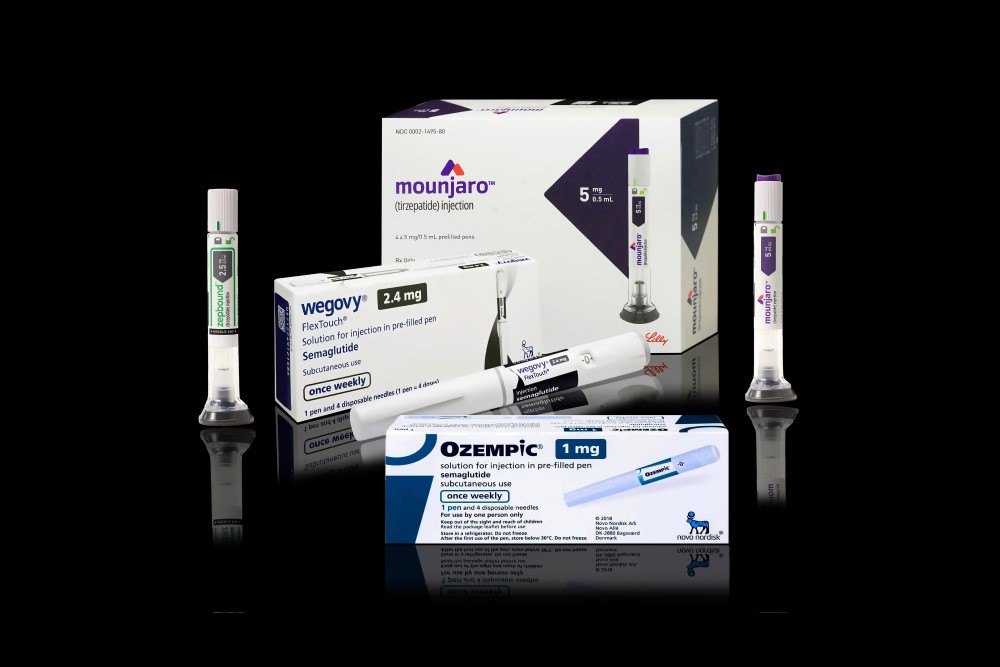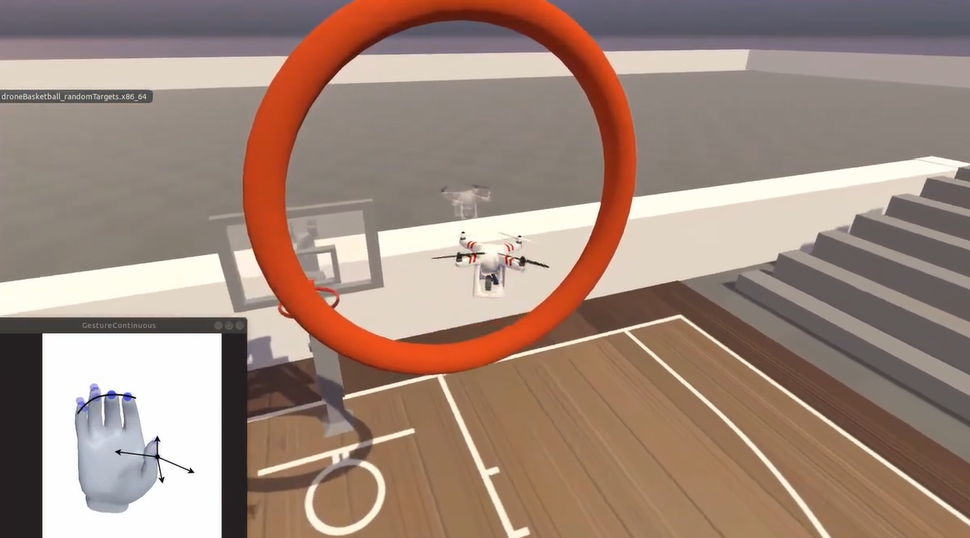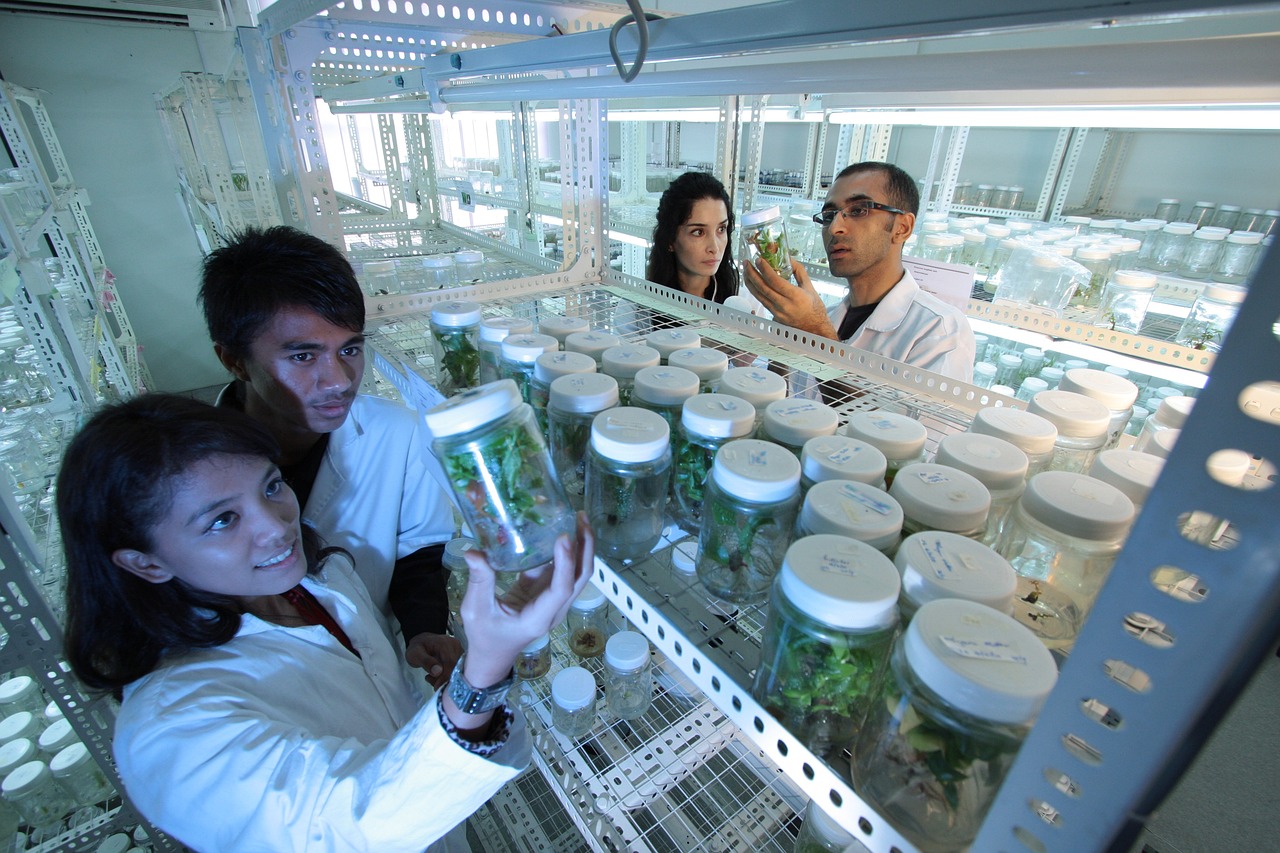Mouse brain immune cells take up microplastics creating blood clots
A study in mice reveals that immune cells in the brain 'engulf' microplastics, forming clumps that can cause brain clots. The findings, published in the journal Science Advances, highlight how microplastics can indirectly damage the brain by disrupting blood flow, rather than directly infiltrating brain tissue cells.









